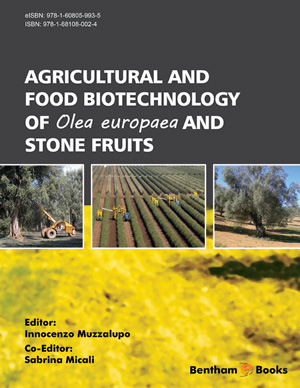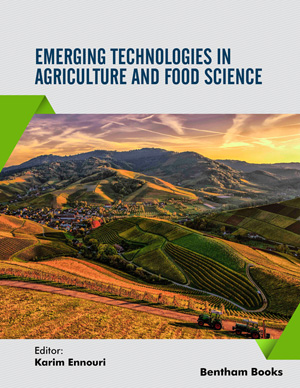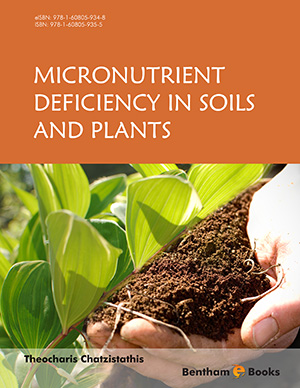Abstract
Small grain cereals (here including durum wheat, bread wheat, barley and oats) have been crucial to the development of mankind providing a regular staple source of food compounds – carbohydrates, proteins, fat and secondary metabolites – since their domestication 10,000 years ago. Historically, genetic studies have their foundations in Mendelian mutants, characterized by altered physiology and/or morphology. In this regard there are examples of morphological mutations described in the past for which the gene/genes responsible have been recently cloned, characterized and used. An example is the Rht-B1b gene that controls plant height in wheat, which induces semidwarf plants due to the effect of a single nucleotide mutation capable of converting the majority of sugar into grain starch. With this model the source-sink relationship has been studied in depth and new varieties based on the concept of “Improved Harvest Index” have been released with an impressive grain yield enhancement in a wide range of environments. The question is: “Can we produce and supply sufficient food in the next 40 years without consuming more land?” On the basis of modern plant science, the answer is positive. Selection is specifically directed to create highly tolerant and/or resistant genotypes to increase the “High Yield Potential and Stability of Yield” and to reduce the gap between high yield potential and the actual yield also in very poor small farms (low or zero input). In fact the interaction between private and public pre-breeding-/breeding programmes, allowing the introduction of modern varieties which are very well adapted in fertile as well as in severe stress conditions, represents the modern vision to improve not only grain yield but even the quality of life of all farmers.
Keywords: Barley, Breeding progress, Genomic revolution, Grain Yield, Oats, Plant ideotype, Wheats.














